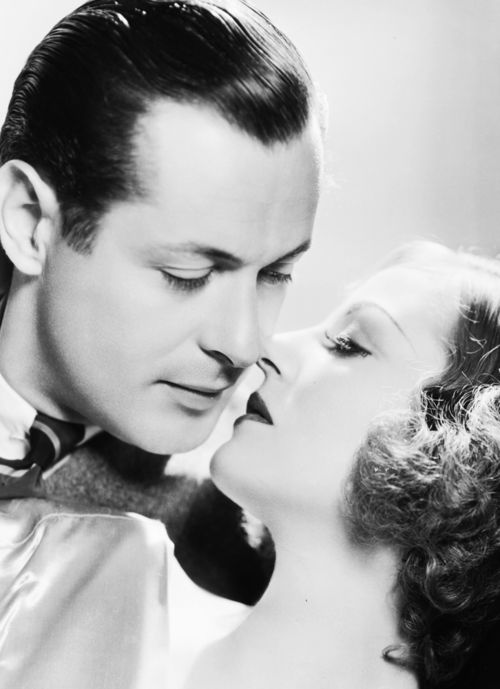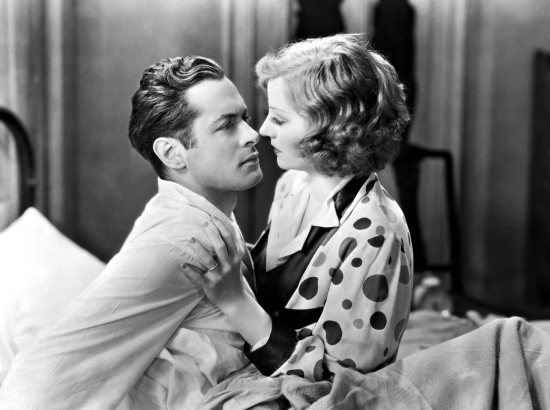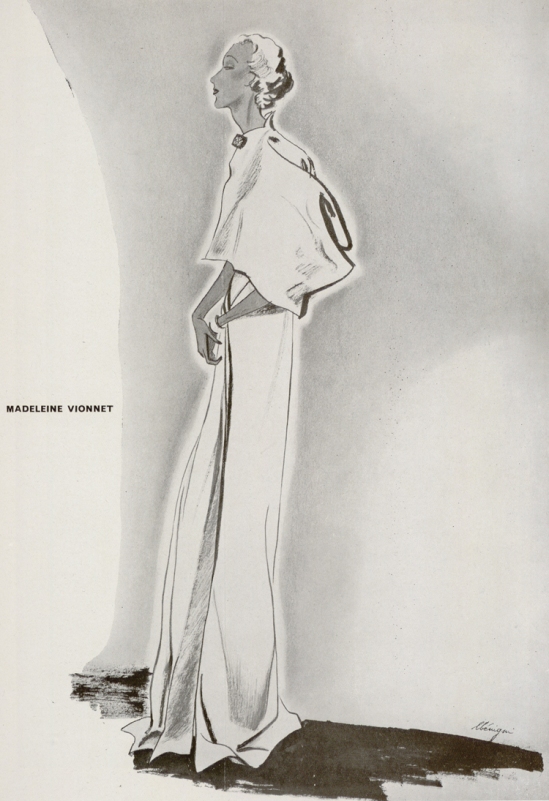Berenice Abbott (1898 – 1991), née Bernice Abbott, was an American photographer best known for her black-and-white photography of New York City architecture and urban design of the 1930’s. Abbott went to Europe in 1921, spending two years studying sculpture in Paris and Berlin.She studied at the Académie de la Grande Chaumiere in Paris and the Kunstschule in Berlin. During this time, she adopted the French spelling of her first name, “Berenice,”Abbott first became involved with photography in 1923, when Man Ray hired her as a darkroom assistant at his portrait studio in Montparnasse. Later she wrote:
“I took to photography like a duck to water. I never wanted to do anything else.”
Very few details are known about her personal life. The film “Berenice Abbott: A View of the 20th Century”, which showed 200 of her black and white photographs, suggests that she was a “proud proto-feminist”; someone who was ahead of her time in feminist theory. Before the film was completed she questioned:
“The world doesn’t like independent women, why, I don’t know, but I don’t care.”
Abbott proposed Changing New York, her grand project to document New York City, to the Federal Art Project (FAP) in 1935. The FAP was a Depression-era government program for unemployed artists and workers in related fields such as illustration and publishing. Abbott’s efforts resulted in a book in 1939, in advance of the World’s Fair in Flushing Meadow NY. At the project’s conclusion, the FAP distributed complete sets of Abbott’s final 302 images to high schools, libraries and other public institutions in the metropolitan area, plus the State Library in Albany (source).

Night View, New York by Berenice Abbott, 1930s via

Broadway and Rector from Above, New York, by Berenice Abbott, 1930s via

Manhattan, New York, by Berenice Abbott, 1930s via

Flatiron Building, Manhattan, by Berenice Abbott via

Madison Square by Berenice Abbott, 1930s via

Penn Station, Interior, Manhattan by Berenice Abbott, 1930s
© Tomáš Marounek/Flickr via

“El” Second and Third Avenue Lines; Bowery and Division Street, Manhattan by Berenice Abbott (1930s) via

























